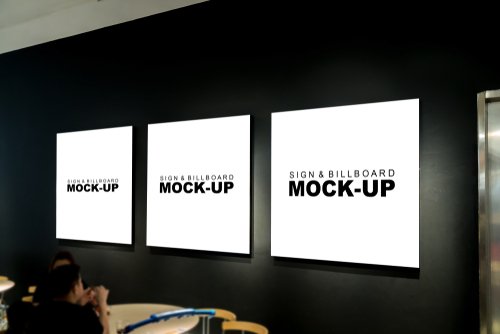Measuring ROI/ROO on DOOH Campaigns
By Alex Mardikian
Measuring return on objective (ROO) is essential for digital marketing campaigns. For this the desired objectives and expected results need to be documented and understood. The objectives have to be measurable.
The main objectives can be determined by talking with parties that will be directly affected by the installation. For example, in front of a theater, the signage will influence the number of people at the turnstiles. So, talking to the people managing the ticket counter will help. In a restaurant, get the waiters and the cash counter in the loop. In a school, the IT department and teachers will provide feedback that will allow one to crystallize objectives. Usually factors that influence key outcomes include the location where the signage is displayed, technology used, display screens, environmental factors like heat and cold, and the most appropriate CMS platform.
Once returns based on stated objectives have been understood, it becomes easier for a business to calculate the ROI. With a carefully calculated ROI that justifies the amount you’re planning to put into the venture, you can go ahead or tweak the deliverables and calculate ROI so that the investment is justified. ROI measurement for DOOH can be a little complex. Therefore, it is ideal to build in measurement points right from the testing stage.
There are some basic aspects of strategy that you need to implement for accurately measuring ROI. The simple thing to do is to identify milestones that will help you measure ROI. Use existing data to get an idea of the returns on investment. There must be clear definitions of how to measure successful achievements of primary and secondary objectives.
There is a lot of data to measure. Footfalls, click-through rates, email submissions, purchases are some metrics to measure. Tools to help you capture such data include facial detection software, POS references, beacons, mobile apps, and RFID tags.
Compare the measured data against stated objectives, this is the first step in measuring ROI. The information gives you insight into corrective steps that you may take to rejig campaign so that the metrics and calculated ROI are better aligned.

